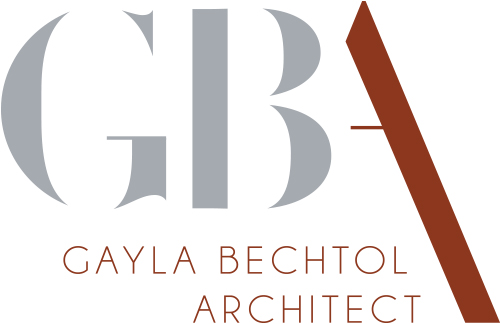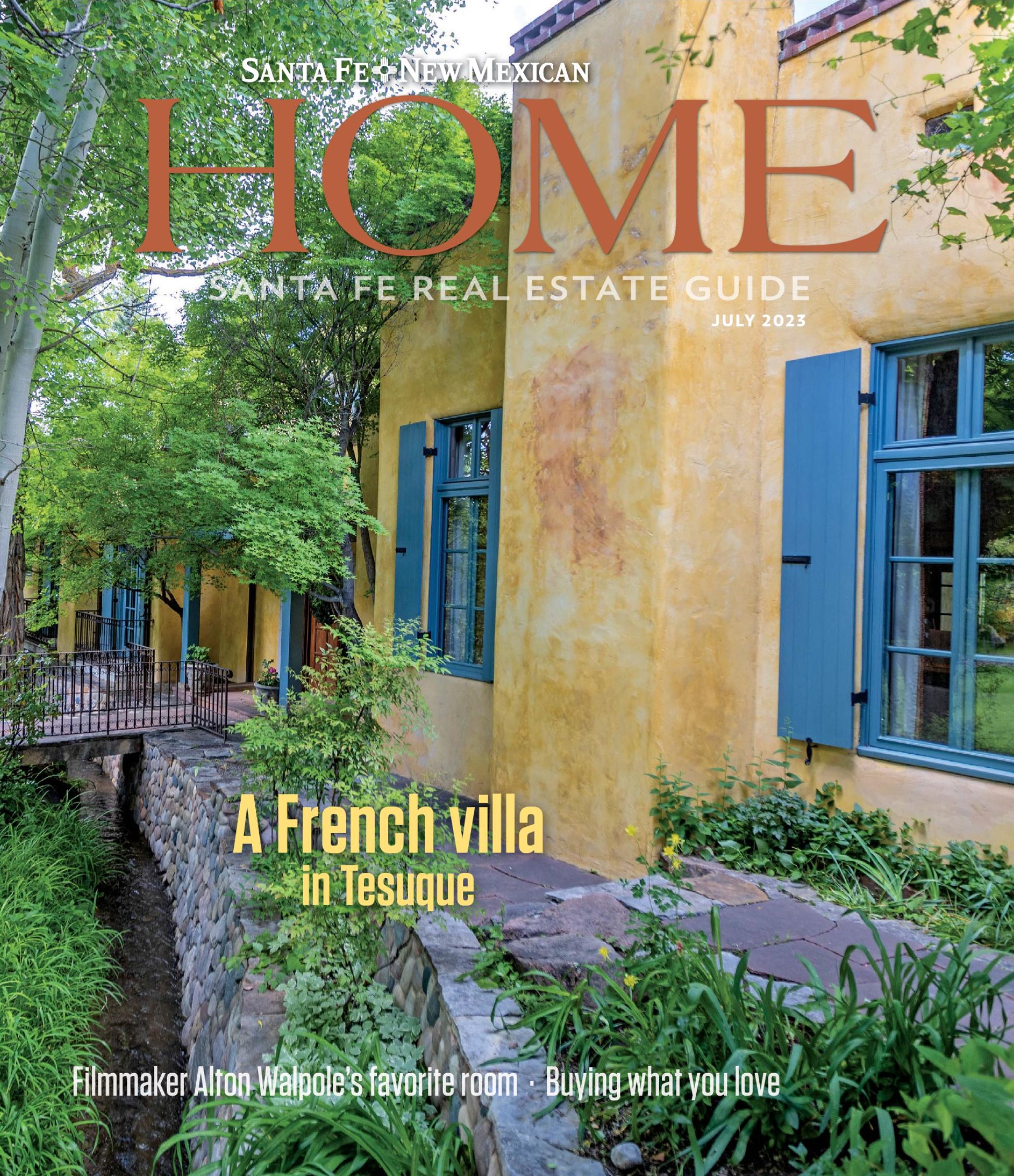In the July edition of The Santa Fe New Mexican’s Home Magazine, I discuss the importance of thoughtful urban design in preserving the unique character of Santa Fe while accommodating growth, emphasizing the need for community-centered planning, prioritizing public spaces, and promoting affordable housing to ensure a livable and coherent future for the city. Urban Sense.
Read the Article:
The making of a city, designing a city, or, for that matter designing anything, is part of our human desire to make things better. Design matters. With good analysis, clear goals and attention to key details, it is possible to make Santa Fe livable for everyone.
Santa Fe already has an evocative style and form, and is mostly coherent. Understandably, downtown is the oldest part of town. The buildings are closer together and the area is more walkable. Cerrillos Road and Agua Fria are understandable as ways into and out of town to the south and west. The farther south one goes, areas become more car dependent and there are newer neighborhoods, such as Rancho Viejo and the villages of Cerrillos and Madrid. St Fran-cis Road is understandable as a north/south cut-through, and it provides a more direct way through town. The Santa Fe River, a tributary of the Rio Grande, and which originates out of the mountains to the east, formerly served as both a boundary and a path to Pecos. To the south is La Cienega, and to the west the mesas and grassland leading to the Rio Grande. This description is not perfect, but the point is that Santa Fe’s form is somewhat defined. Defined by the geography that surrounds us, all of which makes it a beautiful place to live.
What steps, then, should we take to keep our city coherent, while making room for both newcomers and for the generations who follow? It is a paradox. Do we have to undo the beautiful form Santa Fe is now so that more families can have the advantages our children had? I do not believe we lack ambition as a city. Moreover, we understand the problem is urgent, and we are willing to share the opportunities—and sacrifices—needed to live in this beautiful place. The city of Santa Fe has changed incrementally over the years, based on economic feasibility and available land. St. Michael’s Drive, bordering what was then St. Michael’s College and is now the Midtown Campus, was added to make more land available. Richards Avenue was extended to Rancho Viejo. We will continue to change, one road at a time. The city planners in 1995 thought I-25 might be the “urban boundary.” It appears development will seek the feasible and available, across the freeway.
The character of growth and the building of neighborhoods are now based on roads that were, and continue to be, designed mostly for cars — in other words, neighborhoods not based on form, but on the auto-mobile. But we are capable of making our city more livable, but only if we use form, not roads and not vehicles, as the most important consideration. We have a strong sense of community and need a more equitable balance of roads and neighborhoods.
Christopher Alexander, an architect, educator and researcher, wrote of the idea of making a city in his book Theory of Urban Design. His team’s thesis centers on the creation of wholeness and coherence. He is a proponent of using smaller, open-space centers or plazas with a larger one nearby and others the same size. This forms an incremental, piecemeal development while still making a larger, coherent whole. One of his “rules” is to design the public space first, and not simply relegate it to the leftover space. The buildings are set in the leftover space.
This might sound complicated, but if we want to share our good fortune with every-one, then it might actually be the simplest way to keep evolving our city in a coherent way. We can design around the open space. We can increase the role of downtown. We can invite more people to help decide, and we can allow others to decide for them-selves what the form of their neighborhood will be. With this approach, jurisdictions such as the historic overlays and villages enveloped by the city can keep their formal autonomy while enjoying the infrastructure advantages of a larger city. Neighborhoods can continue to be connected and built nearby, decreasing the travel on car roads. Unity and diversity become more attainable.
In May 2023, author and sociologist Matthew Desmond spoke in Santa Fe at the Livability Series sponsored by Homewise, Friends of Architecture Santa Fe and other organizations. He believes that at every land use meeting, we must say, “I want to build affordable housing in this neighborhood. I want the children who will live in these homes to have the advantages my kids did.”


